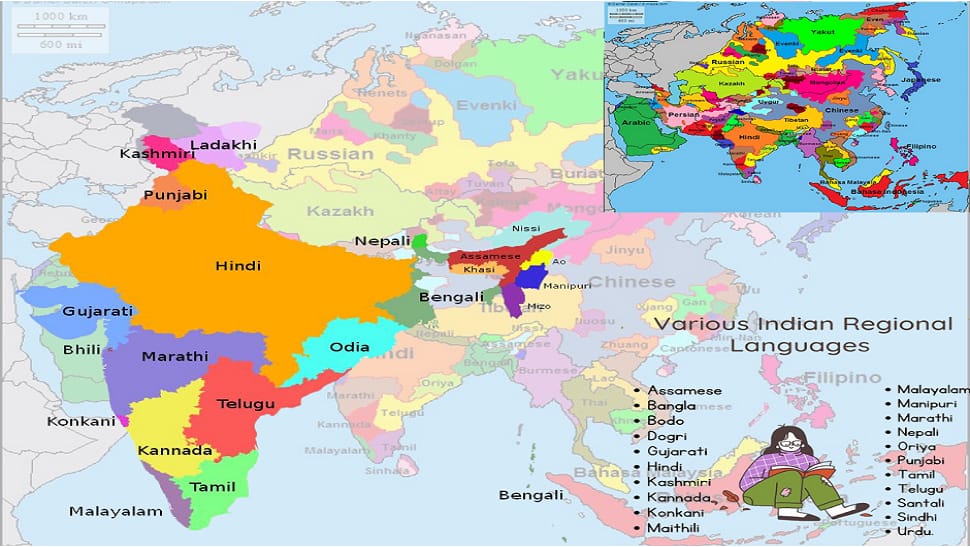India stands as a shining example of linguistic diversity, with millions of its citizens fluent in multiple languages. This phenomenon contrasts sharply with much of the Western world, where monolingualism is more common. The reasons behind India's multilingualism are deeply rooted in its history, culture, and social structure, while Western linguistic tendencies are shaped by different factors.
A Rich Tapestry of Cultures
India’s multilingualism can be traced back to its long and varied history. The country has been home to a plethora of kingdoms, empires, and communities, each with its own language and dialect. Rather than imposing a single language, these cultures coexisted, resulting in a country where multiple languages are spoken side by side. This historical diversity has laid the foundation for a society where multilingualism is not just accepted but celebrated.
The Role of Education
India’s education system plays a critical role in fostering multilingualism. Children typically grow up learning their mother tongue at home, while schools introduce them to Hindi and English. The Indian Constitution recognises 22 official languages, and education policies reflect this linguistic diversity, encouraging students to be proficient in at least three languages. This trilingual approach is a key factor in why so many Indians are multilingual.
Economic Necessities and Social Mobility
India’s economic landscape is another reason for its multilingualism. With each state often having its own dominant language, economic activities and social mobility require citizens to learn multiple languages. People often migrate for work, and learning the local language becomes essential. This constant movement and interaction among different linguistic groups ensure that multilingualism remains a necessity rather than a choice.
A Global Influence
While English is widely spoken in India, it has not supplanted local languages. Instead, Indians often switch seamlessly between English and their native tongues, a skill known as code-switching. The media, entertainment, and the internet offer content in numerous languages, further promoting multilingualism. In this way, global influences have enhanced, rather than diminished, India’s linguistic diversity.
Why the Western World is Largely Monolingual
In contrast, much of the Western world, particularly in countries like the United States, the United Kingdom, and Australia, tends to be predominantly monolingual. This can be attributed to several factors:
1. Geographic and Cultural Homogeneity: Many Western nations have relatively homogeneous populations with a single dominant language. In these countries, there is little perceived need to learn additional languages, as the majority of the population communicates in the same tongue.;
2. Global Dominance of English: English has become the global lingua franca, especially in business, technology, and international communication. As a result, English-speaking countries have less motivation to learn other languages, as English is sufficient for most international interactions.
3. Education System: Unlike India, where multiple languages are part of the standard curriculum, Western education systems often place less emphasis on learning foreign languages. In many Western countries, a second language is typically introduced later in education, and fluency is not always achieved.
4. Cultural Attitudes: There is often a cultural perception in the West that learning additional languages is not as necessary or valuable, particularly given the global spread of English. This attitude further reinforces monolingualism.
Conclusion
India's multilingualism is a testament to its rich cultural heritage and its ability to adapt to changing times. In contrast, the Western world’s linguistic tendencies are shaped by different social, economic, and cultural factors that often discourage multilingualism. As the world becomes more interconnected, the ability to speak multiple languages will be an increasingly valuable skill, and India’s multilingual population may have a significant advantage in this global landscape.
The Indian Institute of Foreign Languages is establishing its linguistic excellence in German, French, Spanish, and Japanese.
(This article is part of IndiaDotCom Pvt Ltd’s Consumer Connect Initiative, a paid publication programme. IDPL claims no editorial involvement and assumes no responsibility, liability or claims for any errors or omissions in the content of the article. The IDPL Editorial team is not responsible for this content.)
















